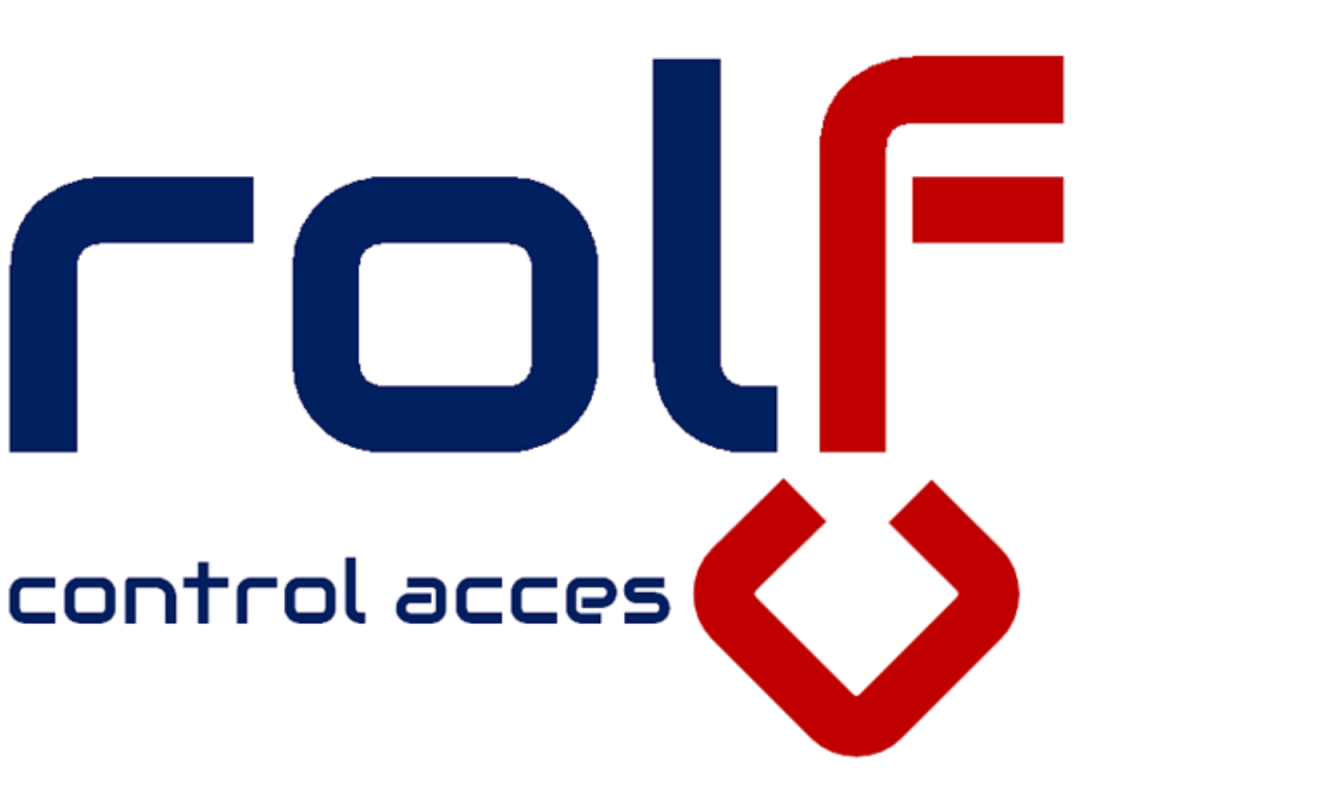Cloud-based access control systems
While a few years ago cloud solutions were regarded with a kind of restrained optimism, nowadays these new technologies are becoming more and more popular. Many organizations are already considering moving from on-premise access control systems to cloud-based solutions. The inevitable change has been taking place.


